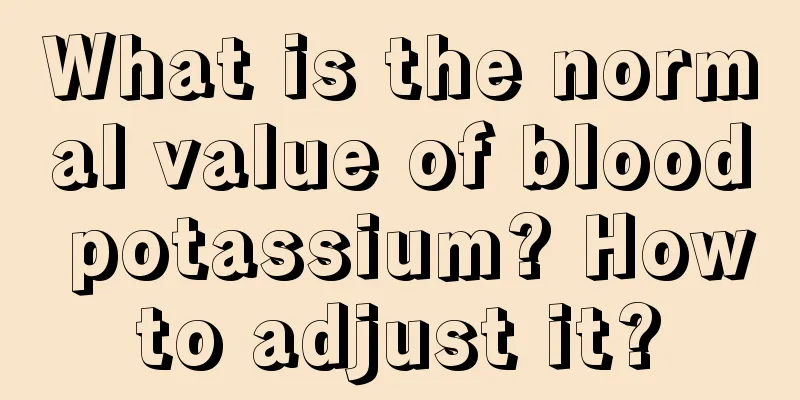What is the schedule for baby's vaccinations?

|
Babies need to be vaccinated shortly after birth, and there are designated vaccines for each stage, especially Class I vaccines, which are free vaccines. If the baby is not allergic to the ingredients in the vaccine, he must be vaccinated. Vaccination in time every month of age can effectively prevent these diseases. There is also a Category II vaccine, and parents can come to learn about the specific vaccination time. Both Class I and Class II vaccines are very important for children. If your child has not received any vaccines, you must do so in time. Vaccination is subject to certain conditions. If your child has a cold, fever, diarrhea, or eczema, you cannot receive the vaccine. Type I vaccines: Within 24 hours of birth: Hepatitis B vaccine - first shot; BCG - initial shot; 1 month old: Hepatitis B vaccine - second shot; 2 months old: polio vaccine - first shot; 3 months old: polio vaccine - second shot; diphtheria, pertussis and tetanus vaccine - first shot; 4 months old: polio vaccine - the third shot; diphtheria, pertussis and tetanus vaccine - the second shot; 6 months old: DPT vaccine - third shot; Hepatitis B vaccine - third shot; Group A meningococcal vaccine - first shot; 8 months old: measles vaccine - first shot; 9 months: Group A meningococcal vaccine - second dose; 1 year old: Japanese encephalitis vaccine - initial vaccination; 1.5-2 years old: DTP vaccine-boosted; polio vaccine-partially boosted; Japanese encephalitis vaccine-boosted; hepatitis A vaccine; 3 years old: Group A meningococcal vaccine - the third dose (Group AC meningococcal vaccine can also be used) 4 years old: Polio vaccine – booster shot; 6 years old: Measles vaccine - booster shot; Diphtheria-pertussis vaccine - booster shot; Japanese encephalitis vaccine - third shot; Group A meningococcal vaccine - fourth shot; 12 years old: BCG vaccine - booster shot. 2 Specific schedule for baby vaccination: Category II vaccines: Group A+C meningococcal vaccine: 1 injection at 3 years old, with booster injections at 6 and 9 years old. Acellular DPT vaccine: can replace whole-cell DPT vaccine, and the vaccination procedure is the same as that of whole-cell DPT vaccine. MMR vaccine: one injection at 1.5-2 years old, and a booster injection 4 years after basic immunization. Live attenuated hepatitis A vaccine or inactivated hepatitis A vaccine: The live attenuated hepatitis A vaccine is administered once at the age of 2 years, and a booster shot is given 4 years later. The inactivated vaccine is given as two doses at an interval of 6 months for children aged 1-16 years, and as one dose for children aged 16 years and above. Varicella vaccine: 1 dose for children aged 1-12 years. Haemophilus influenzae type B vaccine: one injection each at 2, 4, and 6 months of age; one injection is sufficient for children over 12 months of age. Influenza vaccine: 2 injections per year for children aged 1-3 years, with 1 month interval between injections. For children over 3 years old, vaccination should be given once a year. |
<<: What is the reason for sudden blood in the stool
Recommend
What causes sweating in the palms and soles of feet
The palms and soles of the feet are hot. In fact,...
What are the specific factors that cause bone cancer?
Bone cancer is a disease of the bones of the huma...
What causes pain when pressing on left ribs?
If you feel pain when pressing on your left ribs,...
Is it easier to have a boy if you get pregnant in summer?
It is impossible to accurately determine the gend...
How much does chemotherapy cost for mid-term colorectal cancer
For cancerous diseases, people are generally accu...
What are the advantages and disadvantages of cypress pillows
Pillows are essential items for everyone, and the...
What is the genetic ratio of gastric cancer
What is the inheritance rate of gastric cancer? T...
How to deal with red spots on the nose
Some female friends may find that sometimes a big...
What is the best medicine to nourish the lungs
The lungs are a relatively important part of our ...
I succeeded in losing weight with red bean soup
Red bean is a relatively nutritious food. It cont...
What is the reason for headaches and swelling in middle-aged people
After middle age, various body functions will dec...
What kind of water can be put in the room to repel mosquitoes
There are many tips to repel mosquitoes in daily ...
Is blood sugar level of 7.7 considered high?
Under normal circumstances, the human body's ...
What is the highest power of hepatitis C virus
When a person finds any symptoms of hepatitis C i...
The efficacy of Wuyuan wine
The ethnic minority areas in our country have tra...









